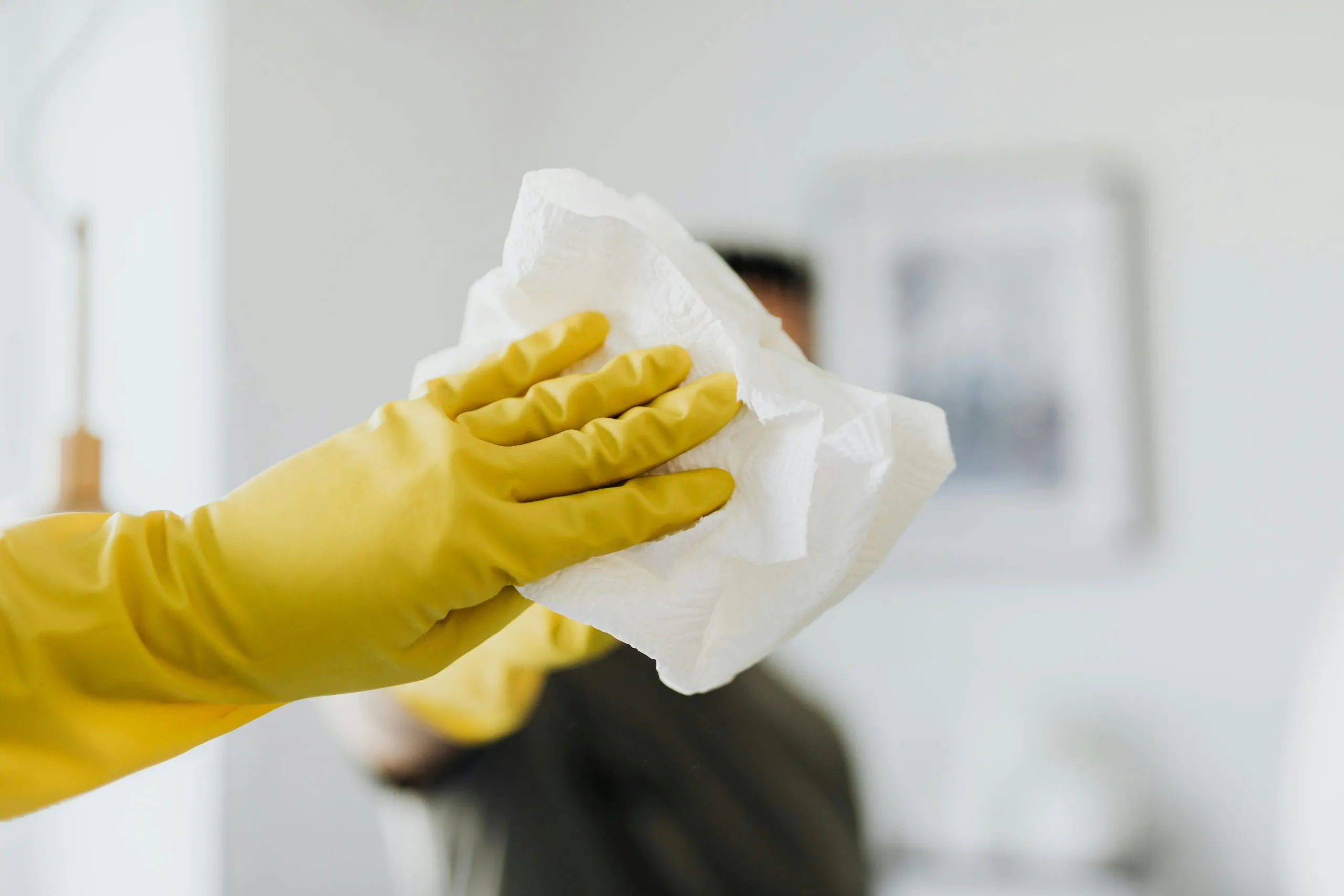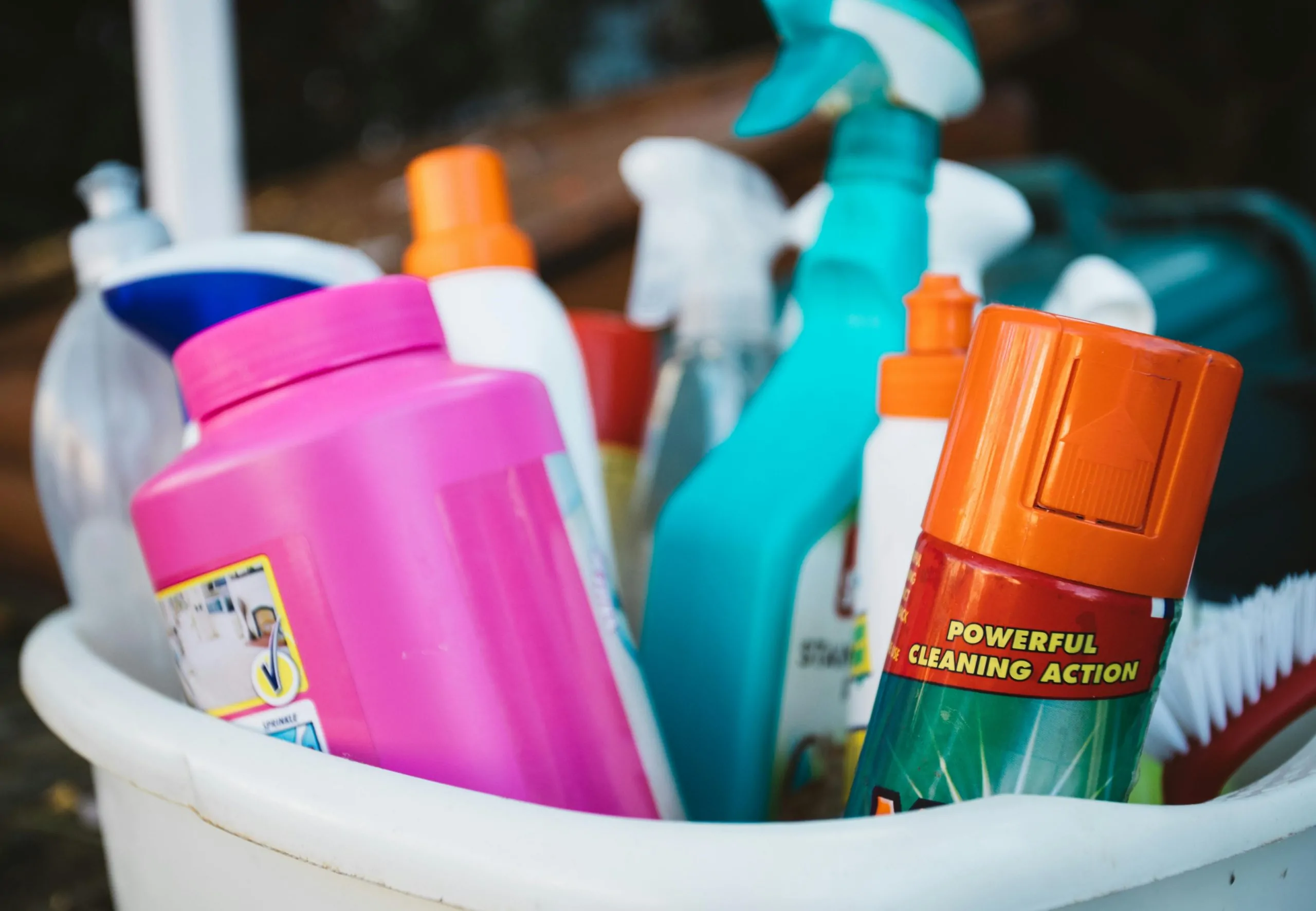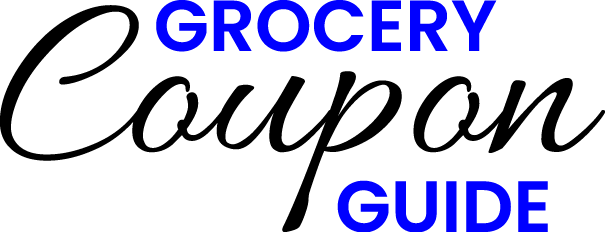The European Union has a famously strict regulatory system for chemicals, known as REACH, which stands for Registration, Evaluation, Authorisation and Restriction of Chemicals. This system often bans or heavily restricts chemical ingredients that are still widely used in the United States. This “regulatory gap” is especially noticeable in household cleaning products. Many popular American cleaners contain chemicals that European regulators have deemed too risky for consumer health or the environment, a fact that most U.S. shoppers are not aware of.

Image Source: pexels.com
1. Cleaners with a High VOC Content
Many all-purpose cleaners, glass cleaners, and air fresheners sold in the U.S. contain high levels of Volatile Organic Compounds (VOCs). These chemicals can contribute to indoor air pollution and can cause respiratory irritation and other health problems. The EU has much stricter limits on the amount of VOCs that can be used in consumer products, which has led to many popular American cleaning sprays being reformulated or pulled from the European market.
2. Laundry Detergents with Phosphates
Phosphates were once a common ingredient in laundry and dishwasher detergents because they are very effective at softening water and removing dirt. However, they are also a major environmental pollutant that causes harmful algal blooms in rivers and lakes. The European Union has banned or severely restricted the use of phosphates in consumer detergents for years, but they can still be found in some commercial and even consumer cleaning products in the United States.
3. Products Containing Phthalates
Phthalates are a class of chemicals used to soften plastics and to help fragrances last longer. They are commonly found in vinyl flooring, shower curtains, and many fragranced cleaning products like air fresheners and fabric softeners. The EU has banned several types of phthalates from use in consumer products because they are considered to be endocrine disruptors, meaning they can interfere with the body’s hormones. These same chemicals, however, are still largely unregulated in the U.S.
4. Certain Disinfectants with Quaternary Ammonium Compounds

Image Source: pexels.com
Quaternary ammonium compounds, or “quats,” are powerful disinfecting agents used in many popular cleaning wipes and sprays. While effective at killing germs, some types of quats have been linked to respiratory issues and skin irritation. The EU has taken a more precautionary approach, restricting the use of certain quats in consumer products, while they remain a very common active ingredient in the U.S.
5. Oven Cleaners with High Concentrations of Sodium Hydroxide
Heavy-duty oven cleaners often use sodium hydroxide, or lye, as their active ingredient. This is a highly caustic chemical that can cause severe burns. The European Union has placed stricter limits on the concentration of sodium hydroxide that can be sold in a consumer-grade product. In the U.S., however, you can still find oven cleaners with very high, professional-strength concentrations on regular store shelves.
6. Some All-Purpose Cleaners with Formaldehyde-Releasing Preservatives
To prevent bacterial growth and prolong shelf life, some liquid cleaning products use preservatives that can release small amounts of formaldehyde over time. Formaldehyde is a known human carcinogen. The EU has banned or restricted many of these formaldehyde-releasing chemicals under its strict cosmetic and chemical regulations, but they can still be found in the ingredient lists of some multi-purpose cleaners sold in the U.S.
The Precautionary Principle
The key difference between the U.S. and the E.U. is their approach to regulation. The E.U. often operates on the “precautionary principle,” which means it will restrict a chemical if there is a suspicion that it might cause harm, even if the scientific evidence is not yet conclusive. The U.S., on the other hand, typically waits for definitive proof of harm before it will ban an ingredient. This difference in philosophy means that American consumers are often exposed to chemicals that their European counterparts are not.
Were you aware of the regulatory gap between the U.S. and Europe for cleaning products? How does this information affect your purchasing decisions? Share your thoughts!
Read More
8 Cleaning Products That Lost Their FDA Approval But Are Still on Shelves
